7 High-Maintenance Flowers You Should Never Plant if You Want an Easy-Care Garden – Plus, Low-Maintenance Blooms to Grow Instead
Just keep walking next time you see these high-maintenance flowers at the nursery. They aren't worth the time and effort, according to this longtime gardener.

Laura Walters
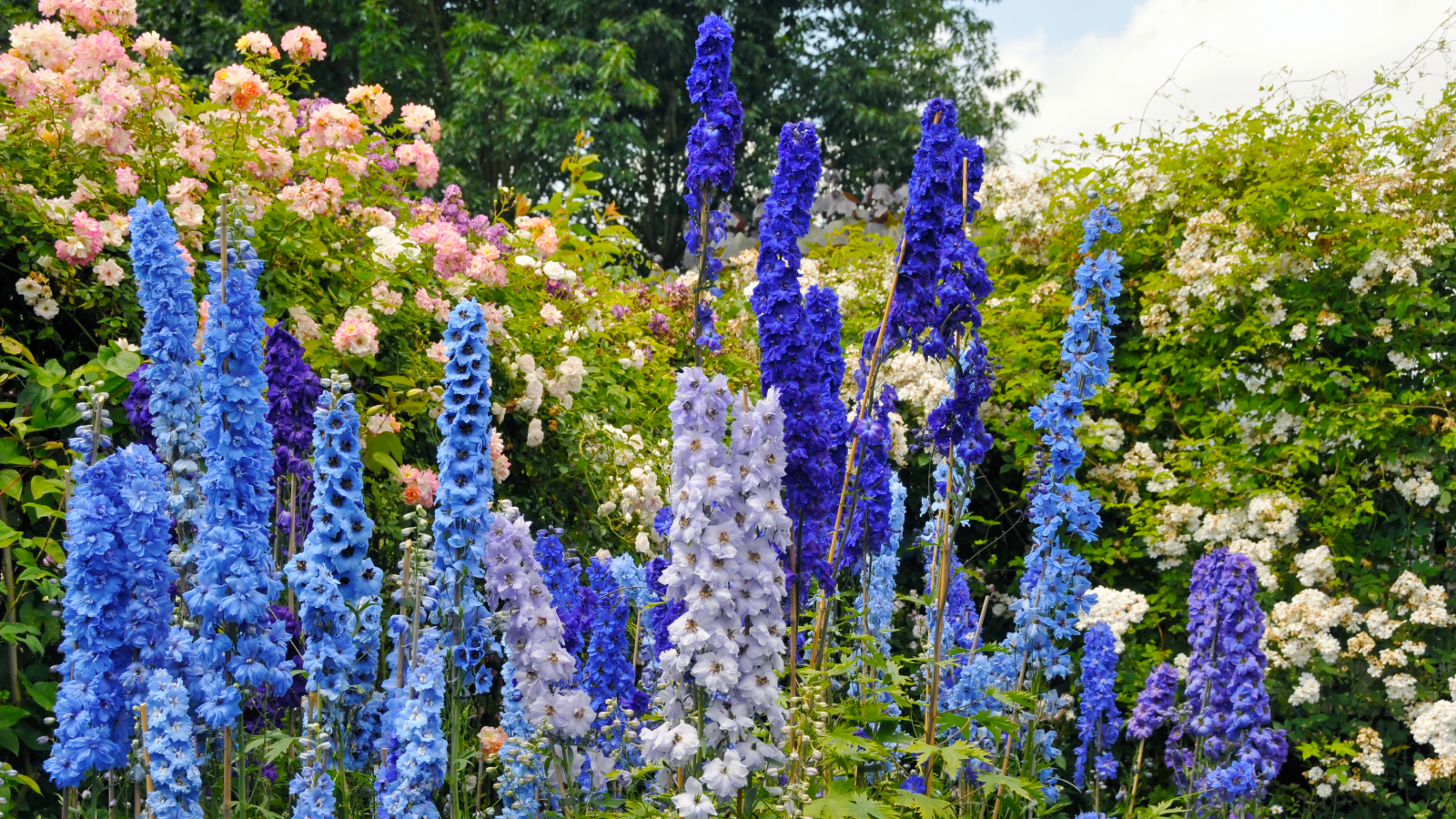
A garden overflowing with flowers is a beautiful thing. Flowers come in many varieties, from perennials to annuals, small and compact to tall and dramatic, and easy to difficult to grow. So growing a flower garden doesn’t have to be hard. Any beginner can do it, as long as they pick the right plants.
There are certain flowers that take great pains to grow, even for experienced gardeners. But how do you know which ones are divas and which are the unfussiest flowers that can thrive anywhere?
I’ve thought back on all the flowers I’ve encountered over the years and compiled a list of the highest-maintenance plants to avoid. Whether you’re new to gardening or just want a low-maintenance landscape, steer clear of these fussy flowers that require way more time and effort than they’re worth.
High-Maintenance Flowers to Skip
These seven flowers are lovely to have in the garden, but they’re hard work. If you’re looking for an easy garden, skip these high-maintenance plants. Instead stick with the alternative options listed below that are just as beautiful and don’t require nearly as much effort.
1. Roses
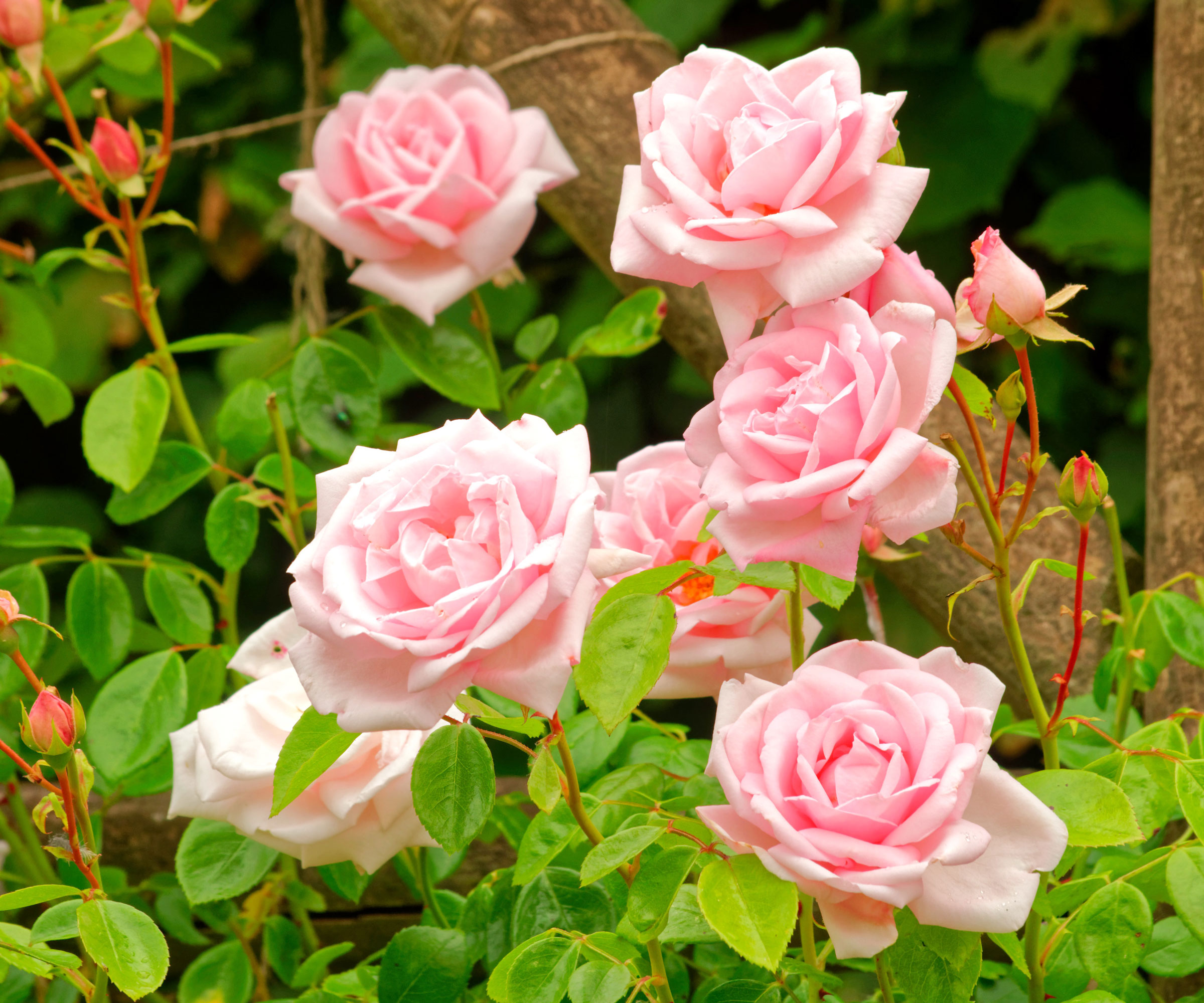
Roses likely top the list of many gardeners for the highest-maintenance flowers of all time. Sure, they’ll reward you with gorgeous blooms and beautiful fragrance, but only if you take the time to help them thrive.
Roses need a lot of work to get right. This doesn’t mean beginners can’t learn how to grow them, but if you want easy flowers then skip these.
Hybrid tea roses, in particular, are very high-maintenance. They require precise watering, careful fertilization, and heavy, regular pruning. They are prone to diseases and pests, need a certain kind of soil to thrive, and do not like to get overheated.
Sign up for the Gardening Know How newsletter today and receive a free copy of our e-book "How to Grow Delicious Tomatoes".
Instead of roses, try growing peonies for huge, fragrant blossoms on plants that will last decades. Explore lots of different beautiful peony varieties for sale from Burpee.
2. Wisteria
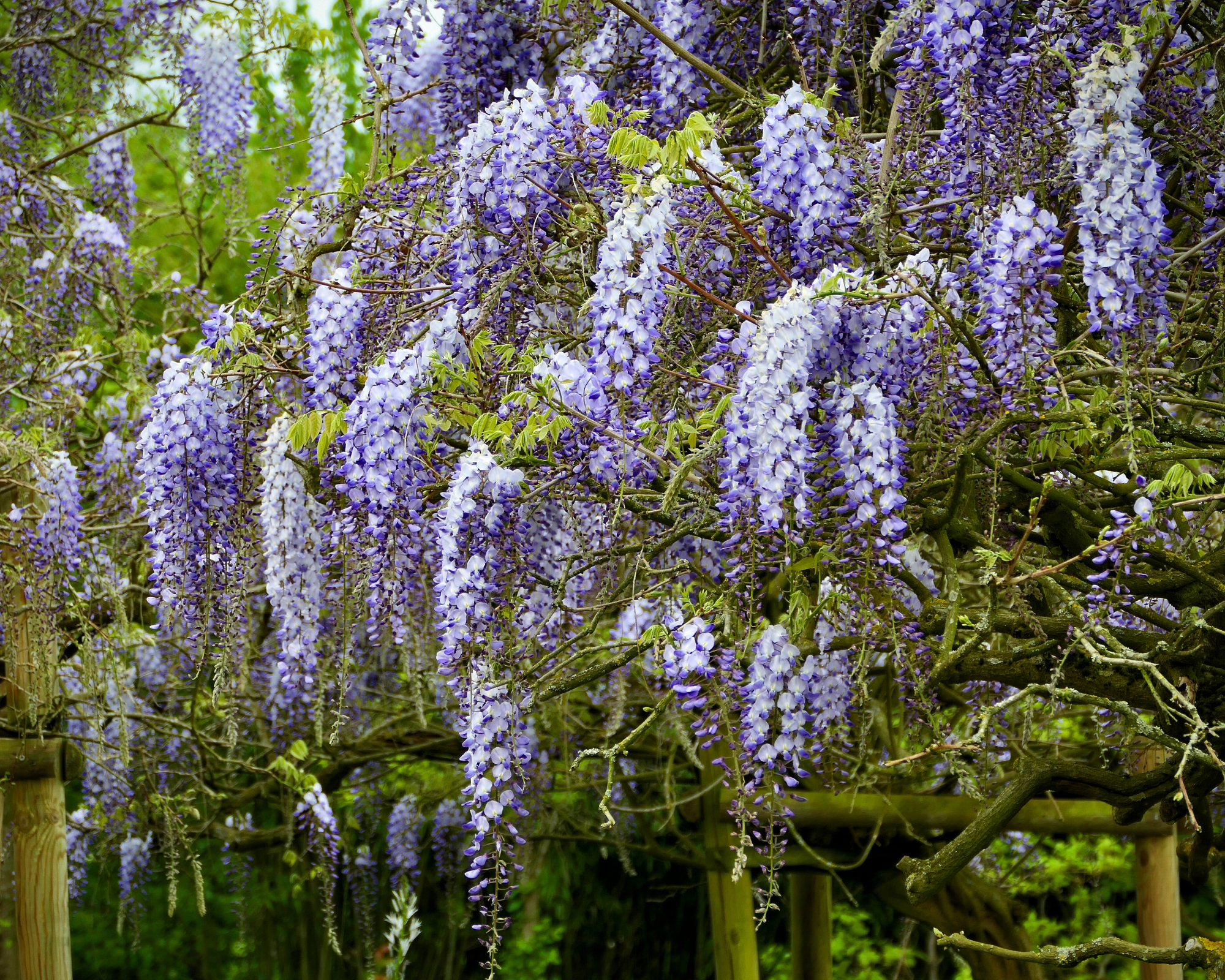
Wisteria is an attractive vine that blooms in spring with hanging clusters of lilac-colored flowers. It looks particularly spectacular when grown over a pergola or arbor and can provide both shade and color. Unfortunately, though, this vigorous and long-lived vine is also high maintenance.
Because wisteria grows so vigorously, it requires a lot of heavy pruning to control. For the best results, you need to prune it twice a year. If you end up with an overgrown wisteria, getting it back under control takes a lot of work.
Another strike against wisteria is the fact that it’s invasive in certain locales. If wisteria is invasive in your area, you’ll need to be careful that it doesn’t escape your garden.
As an easier-to-grow alternative that's not invasive, try a native wisteria vine, like the 'Amethyst Falls' cultivar from the Gardening Know How Shop.
3. Gardenia
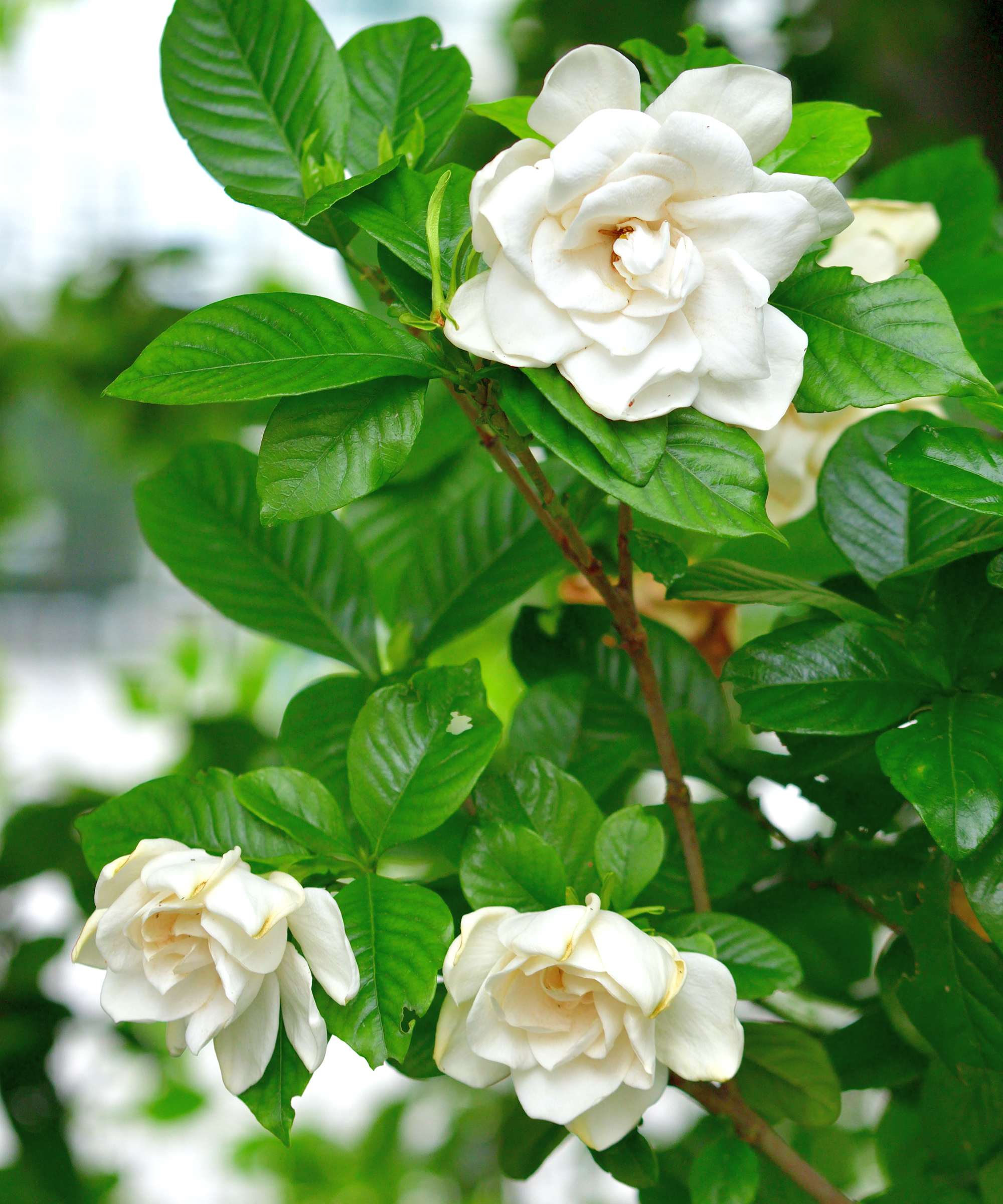
If you live in a warmer climate, like in USDA growing zones 8 through 11, you’re lucky to be able to grow and enjoy this sweetly fragrant flower, but beware. Gardenia is notoriously picky about growing conditions and can be difficult to care for.
A gardenia shrub needs bright yet indirect light, high humidity, warm temperatures, consistent moisture, and soil that drains well and is acidic. Pests are drawn to gardenia, so you’ll be making an effort to prevent or manage them.
Also, gardenia is toxic to humans and pets. So if you have curious youngsters or animals, you’ll also be busy making sure they don’t accidentally get into the gardenia.
Instead of gardenia, plant a sweetbay magnolia tree, like this one from Home Depot, for delicate white blooms and an intoxicating scent in late spring. The sweetbay magnolia can also grow further north, up to USDA growing zone 5. It also blooms later than most other magnolias. So there's little chance of losing flowers to frost.
4. Dahlias
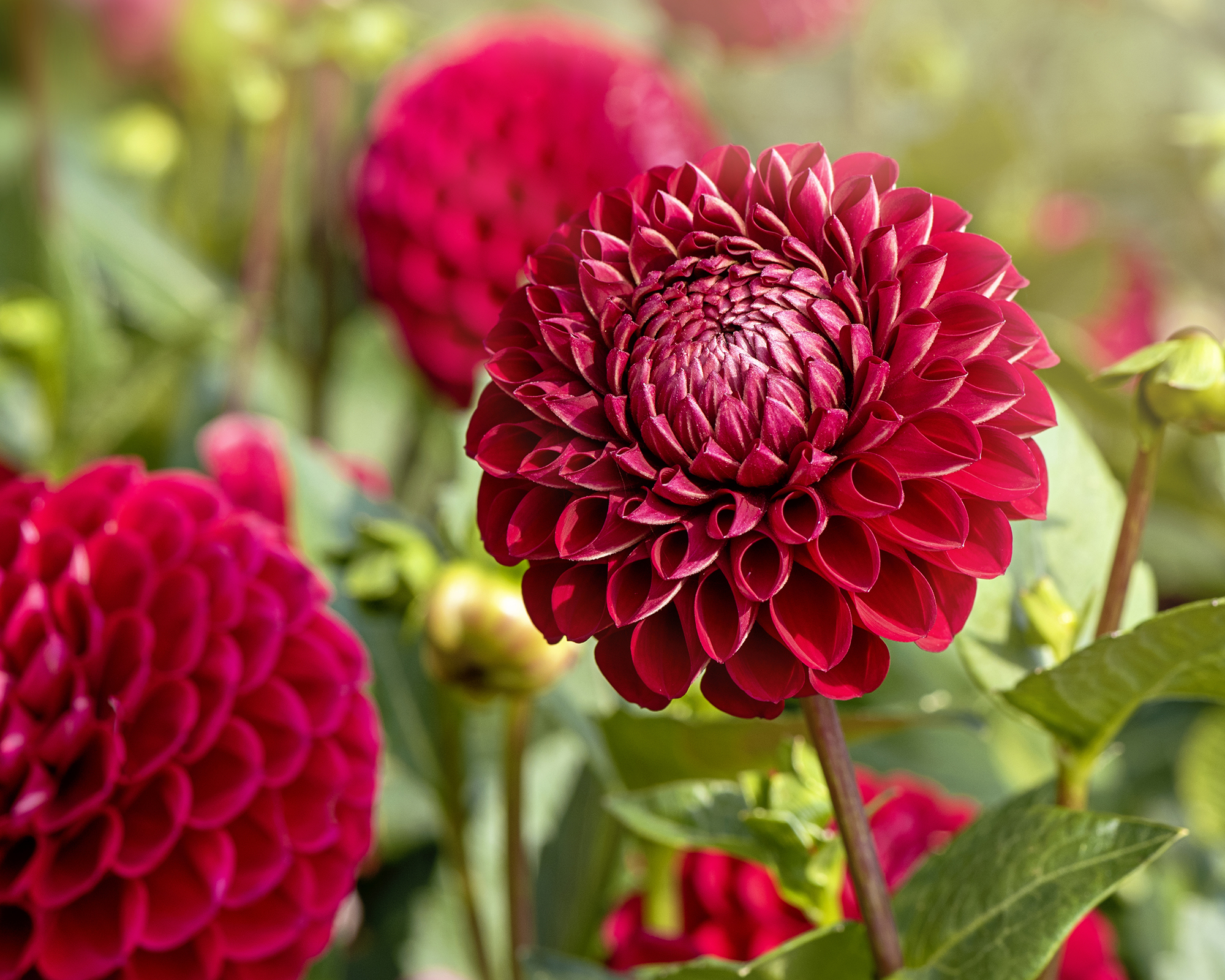
Dahlias are popular flowers for their striking diversity of beautiful flowers. There are thousands of varieties including a wide range of petal forms, sizes, and colors. Unfortunately, it takes time and effort to grow dahlias successfully.
In warmer climates, dahlias are perennials. But, in most parts of the U.S., you have to dig up dahlia tubers in the fall and carefully store them before planting them again in the spring.
They also need a particular type of soil, planting at a specific depth, staking, and regular pest and disease management.
For a super low-maintenance alternative to dahlias, try growing zinnias. This "dahlia" zinnia seed mix from Amazon produces drought-tolerant, pollinator-friendly flowers that look just like dahlia blooms—but with a fraction of the effort.
5. Delphinium
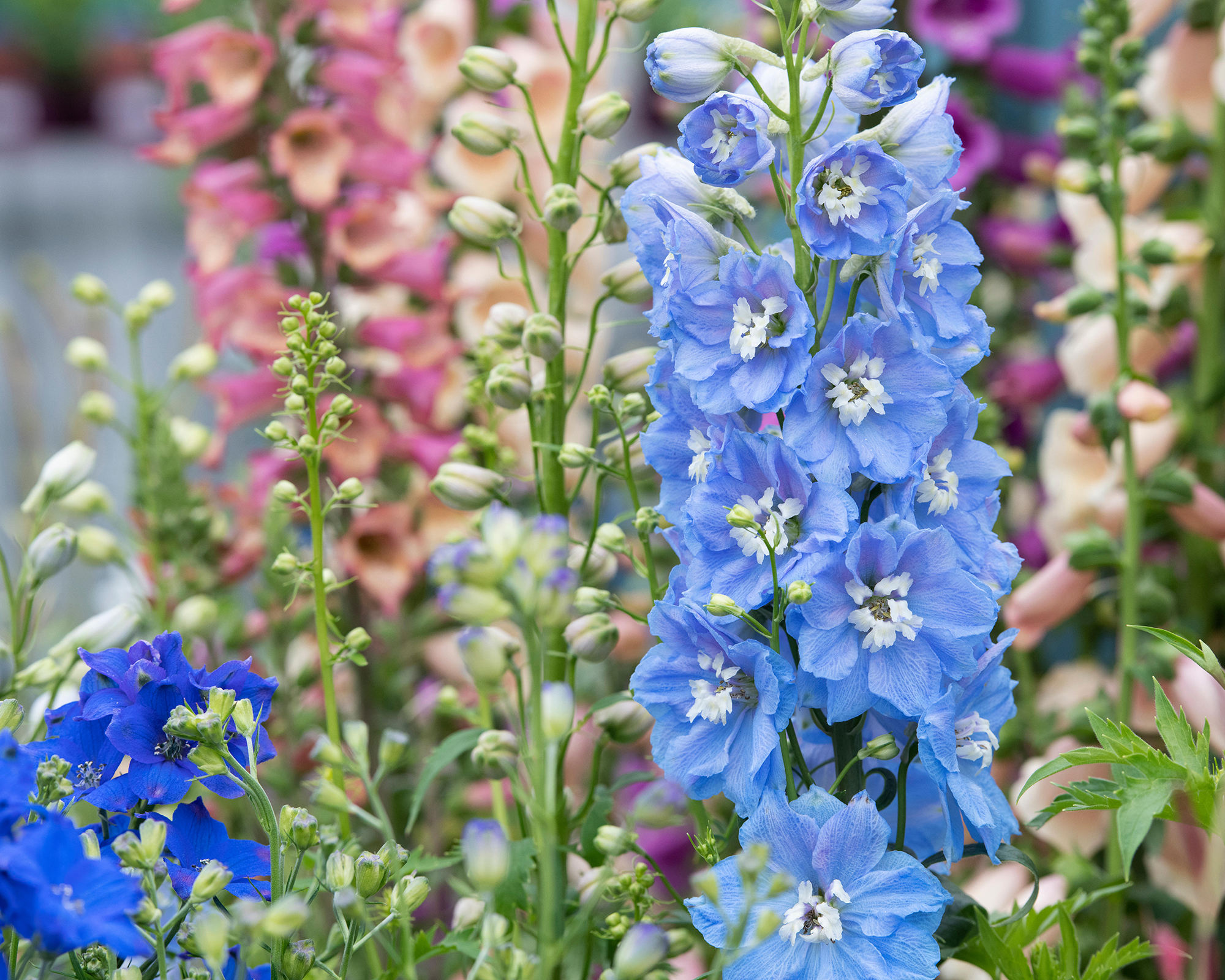
Delphinium flowers are striking and dramatic in the garden. They grow tall with multiple small blooms on prominent spikes that can rise up to 6 feet (1.8 m) high. The downside, though, is that they only bloom for a few weeks, last for only a few years, and require some serious maintenance in the meantime.
Delphiniums need well-draining soil, cool summer temperatures, consistent moisture but not too much humidity, and good air flow in order to thrive. They also need a lot of organic matter from compost, rich soil, or regular fertilization.
Because of their dramatic height, delphinium plants often need to be staked. They are also very prone to diseases and pests.
Instead of delphiniums, plant their low-maintenance, self-seeding cousins called larkspur instead. Sprinkle larkspur seeds, like these ones from Amazon, around the garden in fall and wait for whimsical blooms to emerge in spring.
6. Azalea
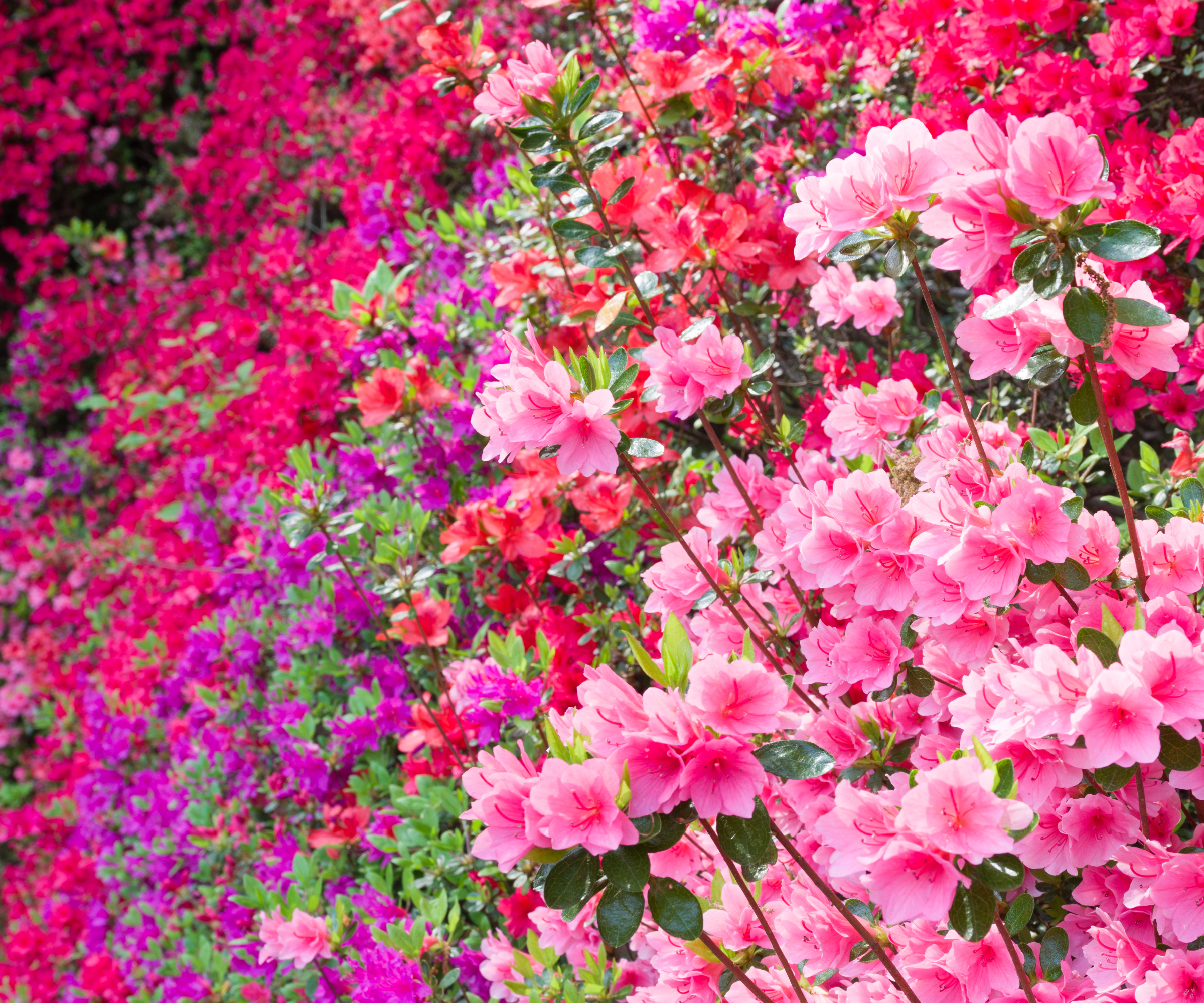
Azaleas are flowering shrubs known for their colorful spring blooms and tolerance of shade. These beautiful bushes are not the worst flowers on this list, but they can be finicky and require some real effort to maintain if your garden conditions aren’t just right.
For example, the soil must be acidic or azaleas won’t grow well. If your soil is alkaline or neutral, you’ll need to use additives to change the pH. These shrubs are also heavy feeders and have shallow roots that are prone to drying out without regular watering. Azaleas should be deadheaded every year to remain attractive.
Instead of azaleas, choose an easy-to-grow panicle hydrangea for the same stunning effect with a lot less effort. Try the 'Little Lime Punch' hydrangea, which you can get at Home Depot, for elegant white blooms that turn to eye-popping pink .
7. Mint
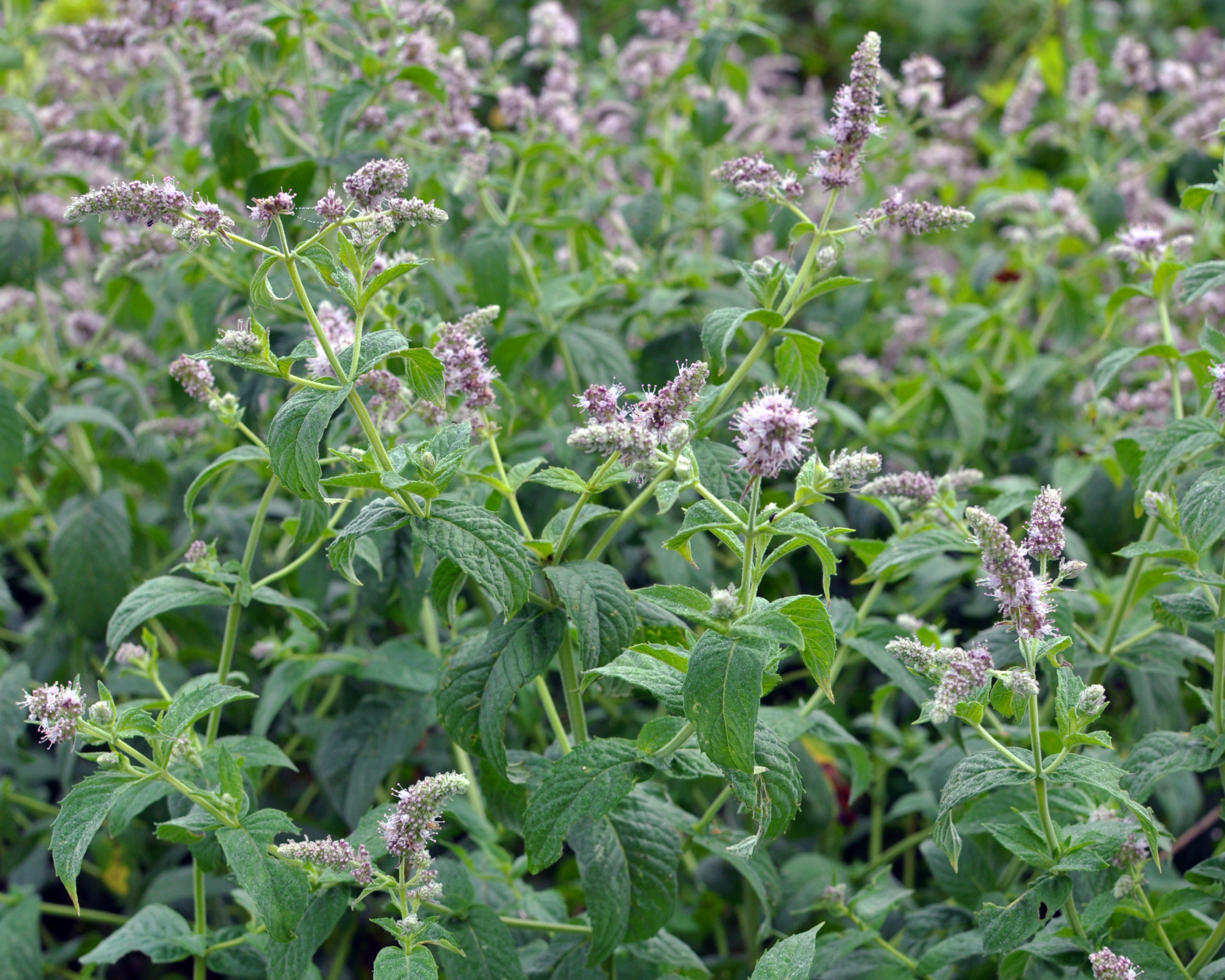
Mint grows readily and is not picky about conditions. It provides tasty, fragrant leaves with many culinary uses, and it produces pretty light purple blooms in summer. In fact, it’s the opposite of high-maintenance in terms of growing.
So, why did mint make this list? It’s not high-maintenance to grow, but it’s extremely hard to get rid of. Mint’s aggressive growth will have you laboring in the garden year after year.
When mint stems flop over and touch the ground, they put out roots and the plant spreads. Mint can quickly and easily take over an entire garden bed. Mint will even smother other plants. If you grow mint in-ground, you’ll spend hours of your life removing the unwanted plants it shoots off from the single one you planted.
You might think you’ll be safe growing mint in a pot, but you need to be careful even then. The stems can overgrow the rim and put down roots in the ground or in nearby pots.
Instead of mint, opt to grow thyme in your herb or flower garden. It produces beautiful purple blooms in summer and has a lovely fragrance and taste for cooking. Get organic non-GMO thyme seeds on Amazon.
This article features products available from third party vendors on the Gardening Know How Shop. Keep in mind that our plant inventory is limited—so if you’re thinking of purchasing, don’t wait!

Mary Ellen Ellis has been gardening for over 20 years. With degrees in Chemistry and Biology, Mary Ellen's specialties are flowers, native plants, and herbs.
- Laura WaltersContent Editor